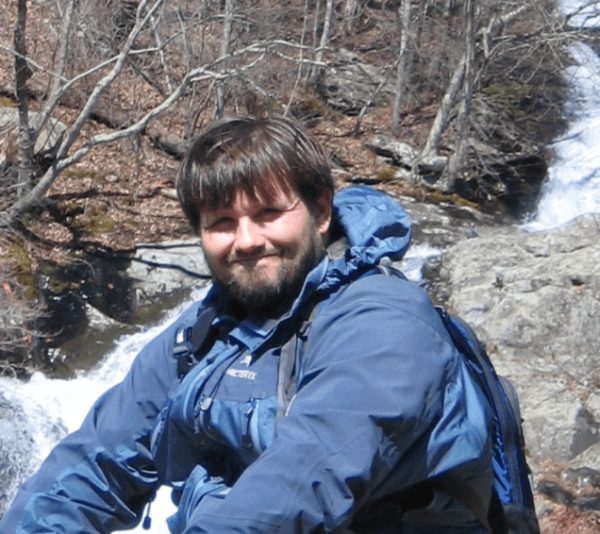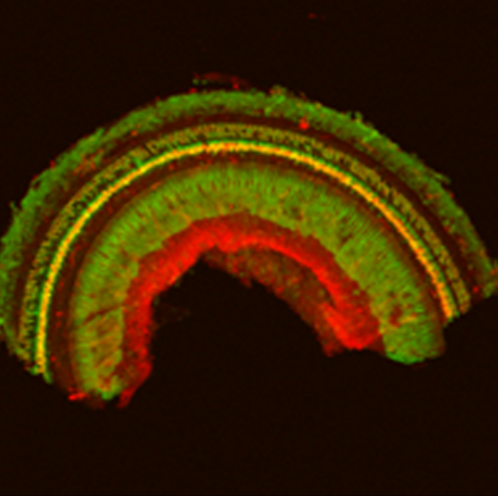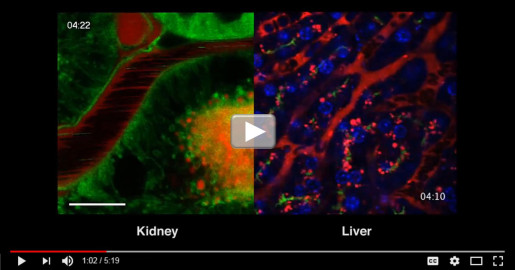NIH Mourns the Passing of George Patterson
George Harold Patterson, a senior investigator and chief of the Section on Biophotonics at NIH’s National Institute of Biomedical Imaging and Bioengineering (NIBIB), died of complications from pancreatic cancer on June 20, 2021. He was only 50 years old, recently tenured, with a wife, two small children, and a promising career before him. We are just so sad about the loss of this warm friend and brilliant and creative scientist taken away far too soon.
George's research focused on the development of probes and techniques for diffraction-limited and sub-diffraction-limited fluorescence imaging of cells and tissues. Indeed, as a staff scientist in the NIH lab of Jennifer Lippincott-Schwartz, George worked intimately with Eric Betzig in the development of the nanometer-level resolution techniques that earned Eric a Nobel Prize in 2014.



